From "Musty Towel" To "Golden Age:" Biosimilars In 2021 And Beyond

By Anna Rose Welch, Editorial & Community Director, Advancing RNA
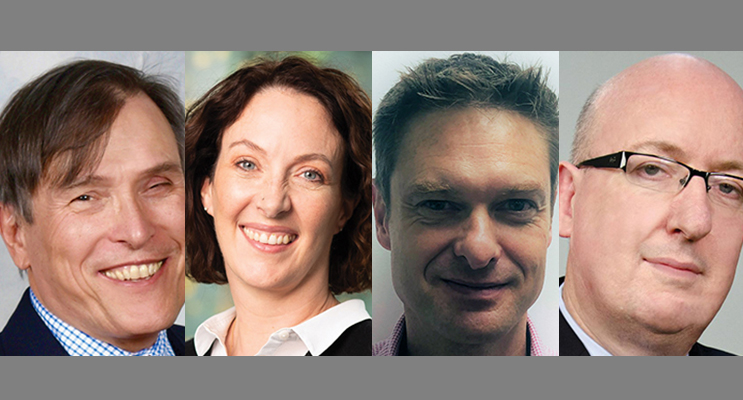
In 2019, the biosimilar industry was confronted with a nightmare. A prominent healthcare KOL had authored several high-profile editorials arguing it was time to “throw in the towel” on the U.S. biosimilar market. In fact, in my column for the 2020 Life Science Leader Outlook issue, several experts passionately disagreed, unpacking the many reasons why it was premature to dismiss biosimilars as valuable cost-lowering tools.
Fast forward through 2020: We have officially said goodbye to the musty towel and are now celebrating analysts’ reports on The Booming Biosimilars Market and headlines declaring 2020 “The Golden Age of Biosimilars.” A new IQVIA report titled Biosimilars in the U.S. 2020-2024 bolstered spirits even more, proclaiming that biosimilars are poised to save the U.S. healthcare system $100 billion in the next five years.
The industry has certainly come a long way since the “great doubt” of 2019. However, I’d argue the biosimilar space still remains on the verge of transformation. What that transformation will look like ultimately depends on the opportunities the industry is willing to seize over the next few years.
At the 2020 DIA Biosimilar Conference, I chaired a session titled, “What Will Biosimilars Look Like In 5 Years?” During this session, four experts — a data analyst, a CMC consultant, and representatives from a device manufacturer and a small/midsize biosimilar company — shared their visions for the biosimilar industry’s future. In addition to providing a closer look at upcoming market opportunities, these experts also shared the most important corporate and product selection strategies and manufacturing considerations companies will face on the road to a more competitive and sustainable biosimilars market.
Biosimilars In The Next 5 Years: Pipeline & Market Prospects
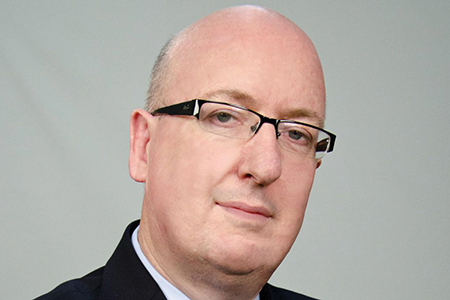
Over the past 10 years since the Biologics Price Competition and Innovation Act (BPCIA) was signed into law, several facts have become well understood. For one, a majority of the biologics that went off-patent were high-cost blockbuster drugs (e.g., Remicade, Herceptin, Avastin). Biosimilars are currently approved in the U.S. for 13 different reference biologics, though only 11 of these biologics have marketed biosimilar competition. (Humira and Enbrel biosimilars are currently FDA-approved but waiting to launch because of IP settlements or existing patents.)
As of the second quarter of 2020, Aitken shared that 20% of the biologics market is subject to active biosimilar competition. We can expect this percentage to rise by an additional 16% following the launch of Humira and Enbrel biosimilars. However, as Aitken pointed out, “The aggregate level of the market that is subject to biosimilar competition has been decreasing in recent quarters, meaning that the rest of the biologics market is growing faster than the number of molecules facing biosimilar competition,” he said.
In total, IQVIA is tracking 313 biologic molecules, including non-recombinant biologics (125) and the 11 biologics that have marketed biosimilar competition today. (It’s important to note that IQVIA’s data do not include biosimilars being developed for ex-U.S. and ex-EU markets.) Overall, there are 177 molecules that are viable biosimilar development targets, altogether representing a $135 billion market. However, what is striking is that, of these 177 molecules, there are only 22 with biosimilars in development for the U.S. or EU market (specifically, a $67 billion-dollar pie). Though there are 153 biologics that do not currently have any biosimilar competitors in the works, the overall market opportunity they’d offer is almost identical: $68 billion.
The characteristics of the molecules potentially facing biosimilar competition promise to be slightly different from the current wave of expired biologics. The 13 biologics with biosimilars approved and/or launched today all boast annual sales of $1 billion or more. However, as Aitken pointed out, we are starting to see a more diverse range of market opportunities emerging. Of the 22 biologics with biosimilar candidates currently in the works, 14 of them boast sales figures of $1 billion or more. The remaining eight molecules have brought in between $100 million and $1 billion.
“Overall, looking forward, we’re seeing a modest level of biosimilar development,” Aitken added. “Each molecule has anywhere from one to three candidates in Phase 1 to preregistration, with multiple more in discovery/preclinical development. It’s important to note that there are 36 molecules with patent expiries occurring between 2020 and 2025 that do not have biosimilars in development. A majority of these biologics earn less than $100 million in sales per year, which raises questions about whether the commercial opportunity for these molecules will encourage biosimilar development.”
Small Companies Take The Lead In Future Biosimilar Development
Over the past year, small companies have begun announcing new biosimilar pipeline investments, partnerships, and positive Phase 1 trial results. These successes are particularly notable given that, over the past decade, 65% of the marketed U.S. biosimilars were developed by large pharma and generics firms. These large companies were also responsible for 90% of biosimilar commercialization efforts. But based on the IQVIA data, the tides are turning. Of the 120 companies with biosimilars in development, 87% are small companies.
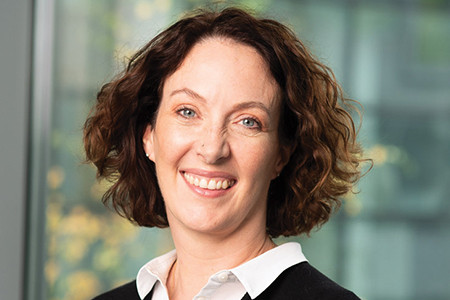
Though small companies are on the rise, Moulson does not anticipate the market will be dominated by small companies that own the entire development chain from discovery/preclinical to commercialization. Rather, she expects that small and large company partnerships will be the best recipe for successful biosimilar development.
“Big Pharma has a great understanding of how the various markets operate and how KOLs think,” she explained. “Small companies, on the other hand, can flexibly de-risk development; they are the research engine willing to make the initial investment in a molecule and assume the risks to take it to a certain stage of development. Large pharma firms can then contribute their solid market knowledge to biosimilar commercialization. The combination of these two corporate models and their different ways of thinking ensures we’re producing the right product and successfully reaching patients, which is what we all want at the end of the day.”
Product & Device Considerations: Two Evolving Discussions
A closer look at the upcoming pipeline from an indication and administration standpoint sparks a few interesting questions about how biosimilar companies must approach product and device selection moving forward.
Much as we’ve seen in the market today, the majority of molecules being pursued by biosimilar makers are oncology and immunology biologics. There are also efforts in the ophthalmology, anti-diabetic, multiple sclerosis, and respiratory therapeutic areas. Interestingly, however, while 11 of the 13 molecules with biosimilars today are IV-administered, the future wave products are predominantly healthcare-provider (seven) or self-administered (six) subcutaneous products as opposed to intravenous (nine).
When surveying products for potential development, Moulson outlined three key criteria she considers when selecting biologics for biosimilar development: their long-term market prospects (i.e., originator life cycle management strategies); manufacturability (i.e., molecule structure and cold chain needs), and their clinical development requirements (i.e., endpoints). After all, the development of a biosimilar takes upwards of 10 years, much like an originator product. In fact, research recently published in JAMA Internal Medicine found that biosimilar comparative efficacy trials are just as thorough and oftentimes longer, larger, and more costly to carry out than originator pivotal trials. This is why a biosimilar company must be assured that the product it selects for a biosimilar will still be relevant on the market and not be replaced by a next-generation version of the originator. Moulson is also closely watching the regulatory debate on whether comparative efficacy trials must be required for approval of all biosimilar products.
“These trials are a major barrier when predicting development and commercialization time for biosimilars,” she added. “Should a biosimilar only require extensive analytical studies and a comparative PK study — as some regulators and industry are arguing? If so, this would enable companies to more easily predict a shorter period of time to market and, in turn, lower development costs and increase competition. Such regulatory progress could also encourage development in molecules targeting small patient populations that may not necessarily have the same commercial allure as large blockbuster products.”
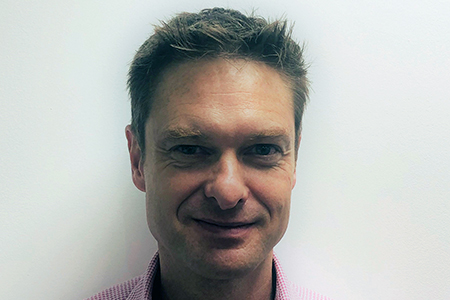
“The current generation of standardized devices was a step forward in reducing time and risk, but they are not yet at the point where you can simply remove them from the box and unite them with your drug immediately. Some customization is still likely, meaning time constraints and risks have not been fully eradicated.” As such, he anticipates that development of future generations of devices will minimize these risks further.
For biosimilar makers looking to contain costs, time, and risk in their development process, there are a few considerations that must be made. “For example, are you selecting a particular platform that will require more or fewer modifications to make the device what you need it to be? The more adaptations that need to be made, the earlier you need to start thinking about the device development process,” I’ons says. In particular, as companies explore products that are distributed to small patient populations, the number of device modifications required will be particularly important to consider because there will be less opportunity to spread these costs out over the number of units distributed.
For companies considering investing in a biosimilar with a device, I’ons also warned they not underestimate the importance of human factors. This discipline is critical in determining patients’ ability (or inability) to successfully administer the medicine using a particular device. “Resist the temptation to treat human factors as a tick-box exercise,” he offered. Not only can these studies demonstrate the value and usefulness of your product to patients, but this could also serve as an opportunity to differentiate and/or improve the device should the originator’s leave anything to be desired.
Don’t Overlook The Basics: Cost Of Goods Critical To Future Biosimilar Business Success
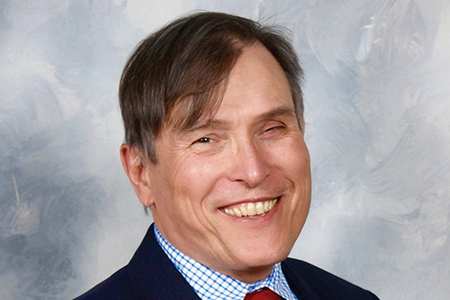
So far, a majority of the molecules facing current and future biosimilar competition are monoclonal antibodies (mAbs). These mAbs are developed using delicate mammalian cells carefully engineered and manipulated to express the necessary protein. However, these cell lines also create a number of other proteins and components that need to be purified out. In most cases, mAbs are also glycosylated, meaning there is a complex pattern of sugars attached to the molecule that can impact the product’s clinical profile. These are challenges for both biologic and biosimilar manufacturers to manage in the pursuit of a safe and effective product.
However, cost is generally less a concern when developing a novel biologic because there won’t be immediate pricing pressure from competitors (i.e., biosimilars) given market exclusivity. Similarly, given the higher price at which novel products compete within the same therapeutic areas, an innovative product can command higher prices right out the gate.
Biosimilars, on the other hand, don’t have the same luxury. As such, Ultee has been observing a number of trends in the biomanufacturing landscape that he anticipates will become increasingly important for reducing overall biosimilar manufacturing costs. For one, improving the productivity of the cell line has been critical. “When I started in the industry 30 years ago, ‘doing well’ meant getting between 10 and 50 mg of protein per liter,” Ultee shared. “Now we’re realizing 3,000 to 5,000 mg per liter. Achieving these levels means your cost of goods is going to drop, because instead of having a 10,000 or 20,000 liter tank, you can now use a 2,000 liter tank, which is a lot cheaper to install and operate.”
Advancements also have been made in reducing scale-up time from a few weeks to as little as a few days. Efforts made during downstream processing — for example, combining two chromatography steps into one during the purification process — promote a more efficient purification process.
“The classic purification process for an antibody would take a week or longer,” Ultee added. “By combining chromatography steps, you can streamline the process to as few as two or three steps. A quicker purification process is also critical to maintain control over and eliminate any impurities that may have a deleterious effect on your product.” In particular, Ultee has noted biosimilar makers’ efforts, for example, to implement a two-day as opposed to a four-day purification process. However, at the end of the day, it must be clear that the biosimilar product remains highly similar after these streamlining efforts.
“That’s why you must have strong analytics throughout your process,” Ultee concluded. “That way, every time you institute a change that produces a lower cost of goods, you can be certain the biosimilar molecule remains highly similar to its reference product.”
